

Articles
How To Store Scotch After Opening
Modified: December 7, 2023
Discover some helpful articles on how to store scotch after opening, ensuring it stays fresh and maintains its unique flavor.
(Many of the links in this article redirect to a specific reviewed product. Your purchase of these products through affiliate links helps to generate commission for Storables.com, at no extra cost. Learn more)
Introduction
Scotch whisky is a beloved spirit known for its rich flavors and complex profiles. Whether you’re a connoisseur or a casual enthusiast, properly storing your opened bottle of Scotch is crucial to preserving its quality and maintaining its unique characteristics.
When it comes to Scotch storage, there are a few key factors to consider. From understanding the aging process to choosing the right storage method, this article will guide you through the best practices for storing opened Scotch.
Proper storage not only helps preserve the quality of your Scotch but also ensures that it continues to develop and improve over time. By following the recommended guidelines, you can enjoy a well-aged and flavorful dram whenever you decide to indulge.
In this article, we’ll delve into the factors that affect Scotch aging, the best practices for storing opened bottles, and explore different storage methods, such as using decanters, sticking to the original bottle, or utilizing vacuum-sealed containers. We’ll also discuss important considerations for long-term storage to help you make informed decisions about preserving your precious Scotch collection.
So, whether you’ve just opened a new bottle of Scotch or you’re looking to properly store an already opened one, read on to discover the secrets to storing Scotch whisky effectively.
Key Takeaways:
- Proper storage of opened Scotch is crucial for preserving its quality. Factors like temperature, light, and oxygen exposure impact aging and flavor. Choose the right storage method to maintain the unique characteristics of your Scotch whisky.
- Consider long-term storage factors such as stable environment, proper sealing, and limited movement to preserve the quality of your Scotch whisky collection. Regular sampling and monitoring are essential for tracking aging progress and ensuring optimal enjoyment.
Read more: How To Store Scotch
Understanding Scotch Storage
To effectively store Scotch whisky, it’s important to understand the factors that can impact its aging process and overall quality. Scotch, like many spirits, can be influenced by temperature, light, oxygen exposure, and the type of container in which it’s stored.
Temperature plays a crucial role in how Scotch matures over time. Higher temperatures can accelerate the aging process, while lower temperatures can slow it down. It’s best to store Scotch at a consistent and moderate temperature, away from direct sunlight or extreme heat.
Likewise, exposure to light can also have a detrimental effect on Scotch. UV rays can break down the compounds that give Scotch its unique flavors and aromas, leading to a diminished drinking experience. It’s recommended to store Scotch in a dark or opaque container to protect it from light exposure.
Oxygen can also impact the quality of an opened bottle of Scotch. As whisky interacts with air, it undergoes oxidation, which can alter its taste and aroma. To prevent excessive oxidation, it’s advisable to minimize the headspace in the bottle by transferring the whisky to smaller containers or utilizing special preservation methods.
The type of container used for storing Scotch is another crucial consideration. While the original bottle provided by the distillery is designed to protect the whisky, it may not always be the best long-term storage solution. External factors such as temperature and sunlight can still affect the liquid, especially if the bottle is partially full.
Understanding these factors will help you make informed decisions about how to store your opened bottle of Scotch. In the next sections, we’ll explore the best practices for Scotch storage, as well as different methods and containers that you can utilize to preserve the quality and characteristics of your beloved Scotch whisky.
Factors Affecting Scotch Aging
Scotch whisky is renowned for its maturation process, which contributes to its distinct flavors and complexities. Several factors can affect how Scotch ages and develops over time. Understanding these factors will help you better appreciate the impact they have on the final product.
1. Ingredients: The quality and composition of the ingredients used in Scotch production, such as malted barley, water, and yeast, play a significant role in the aging process. Each ingredient brings its unique characteristics, which contribute to the overall flavor profile of the whisky.
2. Oak Casks: Scotch is traditionally aged in oak casks, which heavily influences its taste and aroma. The type of oak used and the previous contents of the cask (e.g., bourbon, sherry, etc.) impart distinct flavors and enhance the complexity of the whisky.
3. Maturation Time: The length of time the whisky spends in the cask is a critical factor in Scotch aging. Over time, the whisky absorbs flavors from the oak, undergoes chemical reactions, and experiences evaporation, leading to the development of different flavor compounds and a smooth, refined profile.
4. Environment: The environmental conditions in which the whisky is aged can greatly impact its aging process. Factors such as temperature, humidity, and airflow can all contribute to the rate of maturation and the interaction between the whisky and the oak cask.
5. Region: Different Scotch whisky regions, such as the Highlands, Islay, Speyside, and Lowlands, have distinct environmental conditions and production methods. These regional variations can result in diverse flavor profiles and aging characteristics.
6. Bottling Strength: The bottling strength, or the percentage of alcohol by volume (ABV), can affect the aging process. Higher ABV whiskies tend to mature more slowly but may develop more intense flavors over time.
7. Individual Whisky Preferences: Each whisky lover has their preferences when it comes to aging characteristics. Some enjoy younger, vibrant whiskies with pronounced flavors, while others prefer well-aged expressions that exhibit complexity and smoothness.
By understanding these factors, you can gain a deeper appreciation for the art of Scotch whisky aging and how different elements contribute to the final product. This knowledge will guide you in selecting, storing, and enjoying your Scotch collection for maximum flavor and enjoyment.
Best Practices for Storing Opened Scotch
Proper storage is essential for preserving the quality and flavor of opened Scotch whisky. Follow these best practices to ensure that your prized bottle maintains its integrity over time:
1. Store in a Cool, Dark Place: Scotch should be stored in a cool and dark environment to minimize the impact of temperature fluctuations and light exposure. Avoid storing the bottle near heating vents, windows, or other areas with direct sunlight.
2. Maintain an Upright Position: Unlike wine, Scotch should be stored upright to prevent the cork from drying out and compromising the seal. A dry cork can lead to excessive oxygen exposure and accelerated oxidation.
3. Minimize Temperature Changes: Extreme temperature variations can disrupt the aging process and affect the flavor of the Scotch. It’s best to keep the bottle in a spot where the temperature remains relatively stable.
4. Keep Away from Strong Odors: Scotch whisky is highly susceptible to absorbing odors from its surroundings. Keep the bottle away from strong-smelling substances like cleaning products, spices, or tobacco to preserve its original aroma.
5. Avoid Overexposure to Oxygen: Oxygen exposure can lead to oxidation, which can alter the flavor of the whisky. Minimize air contact by ensuring the bottle is tightly sealed after each use.
6. Monitor Fill Level: As Scotch whisky is consumed, the level of liquid in the bottle decreases, leaving more headspace. This increased air volume can accelerate oxidation. Consider transferring the remaining whisky to a smaller container to minimize oxygen exposure.
7. Avoid Vibrations: Scotch should be stored in a location free from vibrations, as they can disrupt the aging process and affect the overall quality of the whisky.
8. Limit Time with Partial Bottles: As time passes, even partially full bottles of Scotch may start to deteriorate due to increased oxygen exposure. It’s advisable to consume or transfer partially full bottles within a reasonable timeframe to maintain freshness.
By following these best practices, you can ensure that your opened bottle of Scotch remains in optimal condition, preserving its unique flavors and aromas for longer periods.
Choosing the Right Storage Method
When it comes to storing opened Scotch whisky, there are several options to consider. Each storage method has its advantages and considerations, depending on factors such as convenience, aesthetics, and preservation. Here are some popular choices:
1. Storing Scotch in a Decanter:
Transferring Scotch to a decanter is a popular option for both practicality and visual appeal. Decanters not only add an elegant touch to your whisky display but also allow you to limit oxygen exposure by minimizing the headspace. Choose a decanter made of lead-free glass to prevent chemical reactions that may affect the flavor.
2. Storing Scotch in Its Original Bottle:
Many whisky enthusiasts prefer to keep their Scotch in its original bottle. The distilleries design these bottles to provide optimal storage conditions, including protecting against light and controlling oxygen exposure. If using the original bottle, ensure the cap or cork is securely tightened after each use to minimize oxidation.
3. Using Vacuum-Sealed Containers:
For long-term storage of opened Scotch, vacuum-sealed containers can be a reliable option. These containers remove air from the storage space, reducing the potential for oxidation. Vacuum-sealed containers come in various sizes and designs, allowing you to choose one that fits your specific needs and preferences.
When deciding on the best storage method, consider factors such as the frequency of use, desired aesthetics, and the length of time you plan to store the Scotch. No matter which method you choose, maintaining a cool, dark, and stable environment is key to preserving the quality and flavor of the whisky.
Remember, the most important aspect of storage is minimizing oxygen exposure, temperature fluctuations, and light exposure, which can degrade the quality of the Scotch. By carefully selecting the right storage method, you can ensure that your opened bottle of Scotch continues to bring joy and satisfaction with each pour.
Store opened scotch in a cool, dark place, away from direct sunlight and extreme temperatures. Seal the bottle tightly to prevent oxidation and maintain the flavor. Consider using a vacuum pump to remove excess air from the bottle before sealing.
Read more: How To Store Whiskey After Opening
Storing Scotch in a Decanter
Transferring your opened bottle of Scotch whisky to a decanter offers both functional and aesthetic benefits. Decanters not only add a touch of sophistication to your bar or display but also provide a practical solution for preserving the quality of your whisky. Here’s what you need to know about storing Scotch in a decanter:
1. Minimize Oxygen Exposure:
One of the primary reasons for using a decanter is to limit the amount of oxygen the whisky comes into contact with. By transferring the whisky to a decanter, you can reduce the headspace and mitigate the risk of oxidation, which can negatively impact the flavor and aroma of the Scotch.
2. Choose a Quality Decanter:
When selecting a decanter, opt for one made of lead-free crystal or glass. Lead crystal decanters may react with the whisky and affect its taste. Look for a decanter with a secure stopper or airtight seal to further prevent oxygen exposure.
3. Consider the Shape and Size:
The shape of the decanter can also play a role in whisky storage. Ideally, choose a decanter with a wide base and a narrow neck to minimize the whisky’s exposure to air. Additionally, consider the size of the decanter relative to the amount of whisky being stored. A smaller decanter that closely matches the volume of the whisky can help minimize headspace and oxidation.
4. Store in a Cool, Dark Place:
Just like with any other storage method, it’s crucial to keep the decanter in a cool, dark location away from direct sunlight and temperature fluctuations. Excessive heat and light exposure can degrade the quality and flavor of the whisky, so choose an appropriate location for your decanter display.
5. Enjoy in Moderation:
While a decanter adds an elegant touch to your whisky experience, it’s important to note that once the whisky is in the decanter, it may have limited air exposure, reducing the whisky’s ability to breathe and develop further. It’s advisable to consume the whisky within a reasonable timeframe to fully enjoy its intended flavors and complexities.
By storing your opened Scotch whisky in a decanter while considering these factors, you can enhance both the aesthetics and longevity of your whisky. Remember to handle the decanter with care, clean it regularly to prevent residue buildup, and savor each pour of your Scotch whisky from this beautiful vessel.
Storing Scotch in Its Original Bottle
Keeping your opened bottle of Scotch whisky in its original bottle can be a convenient and practical storage method. Whisky distilleries take careful consideration when designing their bottles to ensure the whisky is protected and preserved. Here are some important points to keep in mind when storing Scotch in its original bottle:
1. Designed for Optimal Storage:
The original bottle provided by the distillery is specifically designed to protect the whisky from external influences. It is crafted to minimize oxygen exposure, control light exposure, and maintain the integrity of the liquid. The bottle’s shape and materials are carefully chosen to ensure optimal storage conditions for the whisky.
2. Tighten the Cap or Cork:
After pouring a dram of Scotch from the bottle, make sure to securely tighten the cap or cork to create a proper seal. This helps minimize the whisky’s exposure to oxygen and slows down the oxidation process. Ensure that the cap is closed tightly after each use to maintain freshness.
3. Store Upright:
When storing Scotch in its original bottle, it is recommended to keep it upright rather than on its side. Storing the bottle upright prevents the liquid from making prolonged contact with the cork, which could potentially lead to the cork drying out and allowing air to enter the bottle. An upright position helps keep the seal intact and preserves the quality of the whisky.
4. Choose a Suitable Location:
Find a cool, dark place to store the bottle, away from direct sunlight and extreme temperature fluctuations. Exposure to sunlight and heat can deteriorate the whisky and affect its flavor. Consider a cupboard, shelf, or dedicated whisky cabinet for storing your collection.
5. Limited Air Exposure:
Each time you open the bottle to pour a drink, the Scotch is exposed to air, which can gradually impact its flavor. To minimize air contact, try to pour in a single smooth motion without excessive agitation. This helps preserve the whisky’s original characteristics for a longer duration.
By storing your opened Scotch whisky in its original bottle, you can trust that the distillery has taken measures to ensure the whisky’s quality and longevity. Remember to maintain the proper sealing of the bottle, store it upright, and protect it from heat and sunlight to enjoy a consistent and satisfying drinking experience every time you indulge in your favorite Scotch whisky.
Using Vacuum-Sealed Containers for Storing Scotch
Vacuum-sealed containers provide an effective way to store opened bottles of Scotch whisky for extended periods. These containers create airtight environments that minimize oxygen exposure, helping to preserve the flavor and quality of the whisky. Here’s what you need to know about using vacuum-sealed containers for storing Scotch:
1. Minimize Oxidation:
Oxidation can occur when whisky comes into prolonged contact with air. Vacuum-sealed containers remove the air from the storage space, significantly reducing the amount of oxygen that can interact with the whisky. This helps to slow down the oxidation process, preserving the whisky’s original flavors and aromas.
2. Choose a Reliable Vacuum-Sealed Container:
When selecting a vacuum-sealed container, make sure to choose one specifically designed for storing whisky or other spirits. Look for containers that are made of food-grade materials and have a reliable seal to prevent air from entering. Some containers even come with built-in vacuum pumps for easy sealing.
3. Transfer the Whisky Carefully:
Pour the remaining whisky from the opened bottle into the vacuum-sealed container with precision and care. Avoid excessive agitation or splashing, as this can introduce more oxygen to the liquid. Fill the container as much as possible to minimize headspace and further reduce air contact.
4. Store in a Suitable Environment:
Place the vacuum-sealed container in a cool, dark location away from direct sunlight and temperature fluctuations. Keep in mind that extreme heat or cold can still affect the overall quality of the whisky, so find a stable environment that maintains a moderate temperature.
5. Monitor and Seal Regularly:
Check the seal of the vacuum-sealed container periodically to ensure it remains airtight. Over time, the seal may weaken, allowing air to enter. If necessary, reseal the container to maintain its vacuum seal integrity and prolong the freshness of the whisky.
6. Consider Long-Term Storage:
Vacuum-sealed containers are particularly beneficial for long-term storage of opened bottles of Scotch whisky. If you have a whisky that you plan to age for a significant period, using a vacuum-sealed container can help preserve its quality and flavors for years to come.
Using a vacuum-sealed container is a practical solution for those who want to prolong the lifespan of their opened bottles of Scotch whisky. By minimizing oxygen exposure and maintaining a controlled environment, vacuum-sealed containers can help you preserve the unique characteristics and enjoyment of your favorite Scotch whiskies.
Important Considerations for Long-Term Storage
Long-term storage of Scotch whisky requires special attention to ensure the preservation of its quality and flavors over an extended period. If you’re planning to store your whisky for months or even years, consider the following important considerations:
1. Stable Environment:
Choose a storage location with a stable temperature and humidity level. Extreme fluctuations in temperature and humidity can affect the whisky’s aging process and result in undesirable changes in flavor and aroma. Aim for a temperature range of 15-20°C (59-68°F) and a humidity level between 60-70%.
2. Darkness:
Protect your whisky from direct sunlight and artificial light sources. UV rays can degrade the whisky’s compounds and alter its flavors. Store your bottles in a dark or opaque place, such as a cabinet or cellar, to minimize light exposure.
3. Proper Sealing:
Ensure that all bottles are properly sealed to prevent air leakage. An airtight seal prevents excessive oxygen exposure, which can lead to oxidation and spoil the whisky’s flavors. Check the integrity of corks or caps regularly, and consider resealing if necessary.
4. Avoid Strong Smells:
Whisky is highly susceptible to absorbing odors from its surroundings. Keep your storage area free from strong-smelling substances such as cleaning agents, spices, or tobacco, as these can impact the aroma and taste of the whisky.
5. Limited Movement:
While some experts argue that a slight amount of movement can enhance interaction between the whisky and the cask, excessive movement can be detrimental. Prevent excessive vibrations or agitation that could disturb the sediment or affect the aging process of the whisky.
6. Regular Sampling:
If you’re storing whisky for an extended period, it’s important to periodically sample the bottles to ensure their quality and track the progress of their aging process. This allows you to monitor any changes in flavor, aroma, or quality and make adjustments if needed.
7. Consider Purchase History:
Keep track of the age of the whisky at the time of purchase. If a whisky has already been aged for a significant amount of time in the cask, it may not require further aging in the bottle. Consider this when deciding how long to store the whisky before consumption.
By taking these important considerations into account, you can ensure that your carefully selected Scotch whiskies are stored properly for long-term aging. With time, the whiskies will continue to develop their unique flavors and complexities, offering a truly remarkable drinking experience when the moment is right.
Read more: How To Store Caulk After Opening
Frequently Asked Questions (FAQs)
1. Can I store opened Scotch whisky indefinitely?
While whisky does not spoil, it can degrade in quality over time due to oxygen exposure and other environmental factors. It is generally recommended to consume opened Scotch within 1-2 years for optimal taste and enjoyment.
2. Should I refrigerate my opened bottle of Scotch?
No, refrigeration is not necessary for storing Scotch. Exposure to colder temperatures can potentially impact the flavors and aromas of the whisky. It is best to store Scotch at a cool, consistent room temperature.
3. Can I store opened Scotch in the freezer?
It is not recommended to store Scotch in the freezer. Freezing temperatures can alter the chemical composition of the whisky and affect its flavor profile. It is best to store Scotch in a cool, dark place away from extreme temperature changes.
4. Can I mix different types of Scotch in one decanter?
While it is possible to mix different Scotch whiskies in a decanter, it is generally not recommended, especially if they have distinct flavor profiles. Mixing them together may result in a loss of their unique characteristics. It is best to keep different types of Scotch separate to fully enjoy their individual flavors.
5. What should I do if the cork in my Scotch bottle becomes damaged?
If the cork in your Scotch bottle becomes damaged, it is advisable to transfer the remaining whisky to a new container with a sturdy and airtight seal. Using a separate bottle or airtight container will help maintain the quality of the whisky and prevent excessive oxygen exposure.
6. How can I ensure the long-term storage of rare and valuable Scotch whiskies?
For long-term storage of rare and valuable Scotch whiskies, it is crucial to maintain optimal storage conditions, including stable temperature and humidity levels. Consider investing in a specialized whisky cabinet or using a cellar with controlled environmental factors. It is also recommended to periodically check the bottles for any signs of deterioration and ensure proper sealing.
7. How often should I check on my stored Scotch whisky?
It is recommended to periodically check on your stored Scotch whisky every few months. This allows you to monitor the condition of the bottles, ensure proper sealing, and prevent any potential issues such as leakage or cork deterioration. Additionally, you may want to sample the whiskies occasionally to appreciate their evolving flavors and aromas.
8. Can I store opened Scotch whisky standing on its side?
Storing opened Scotch whisky standing on its side is not recommended. Unlike wine, whisky does not benefit from prolonged contact with the cork. Keeping the bottle upright helps prevent the cork from drying out and maintains a proper seal.
Remember, proper storage and handling are key to preserving the quality and flavor of your opened Scotch whisky. These guidelines will help ensure that you can enjoy your whisky collection to the fullest, whether you’re savoring it over time or indulging in special occasions.
Frequently Asked Questions about How To Store Scotch After Opening
Was this page helpful?
At Storables.com, we guarantee accurate and reliable information. Our content, validated by Expert Board Contributors, is crafted following stringent Editorial Policies. We're committed to providing you with well-researched, expert-backed insights for all your informational needs.


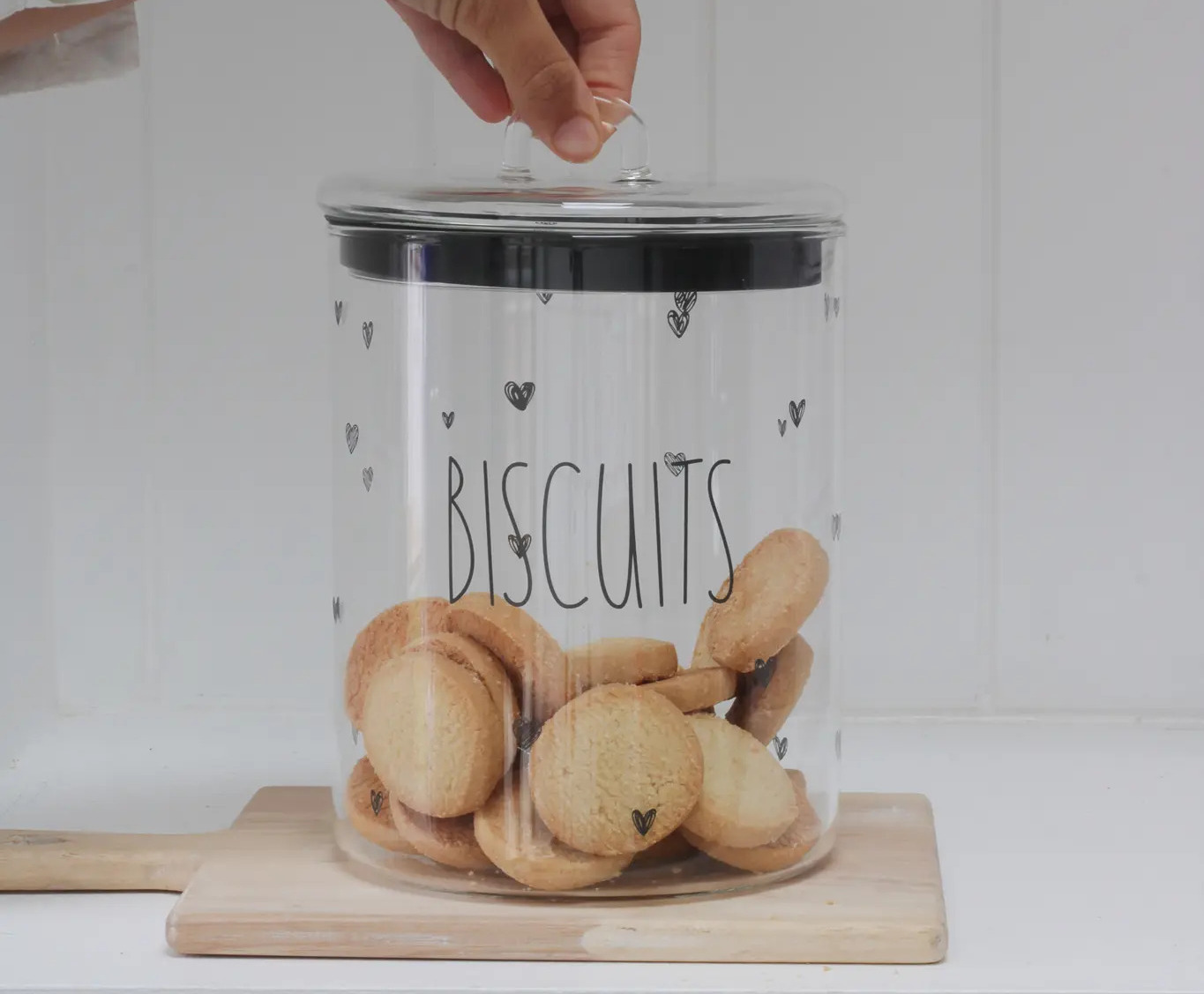


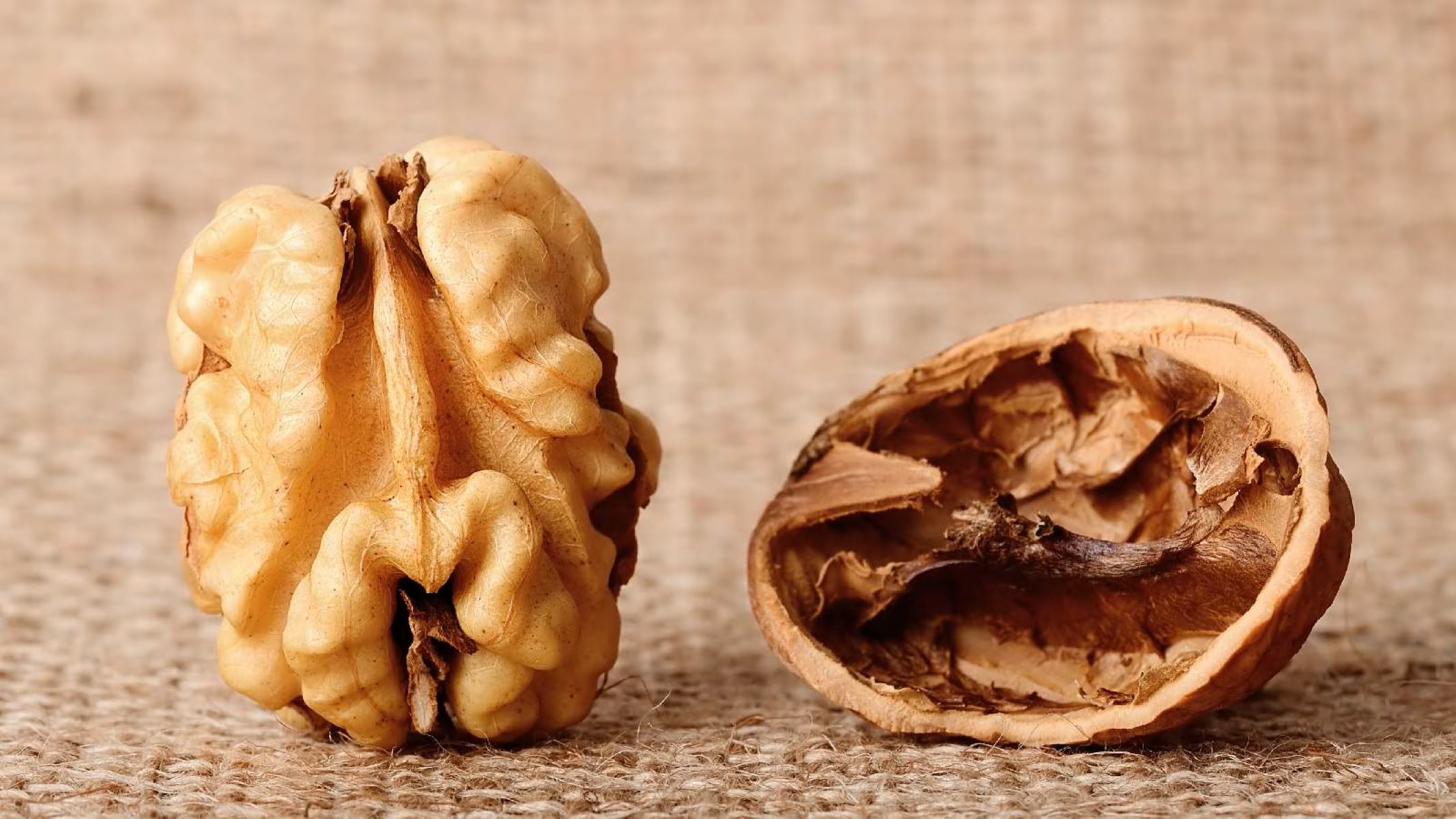
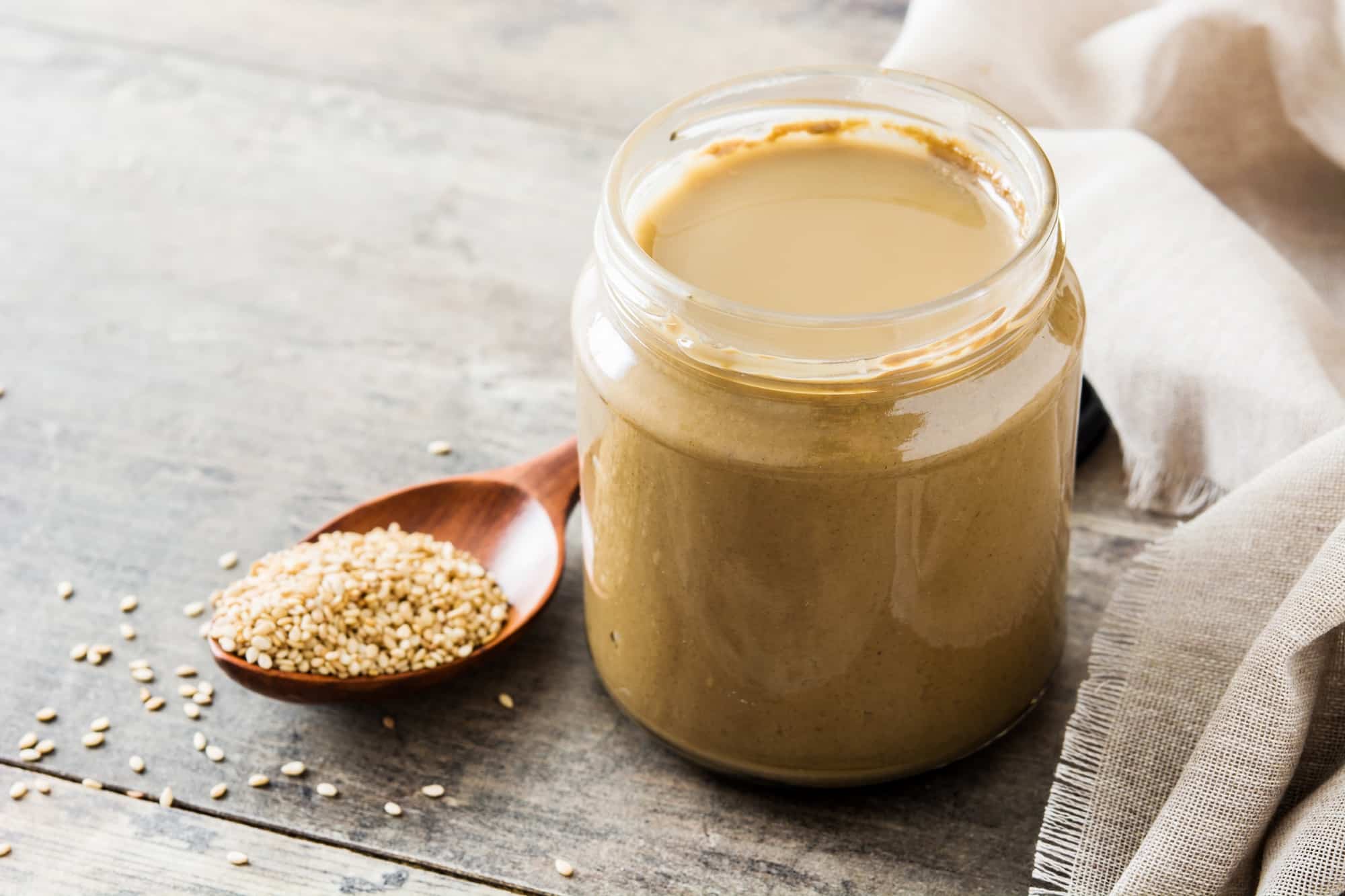

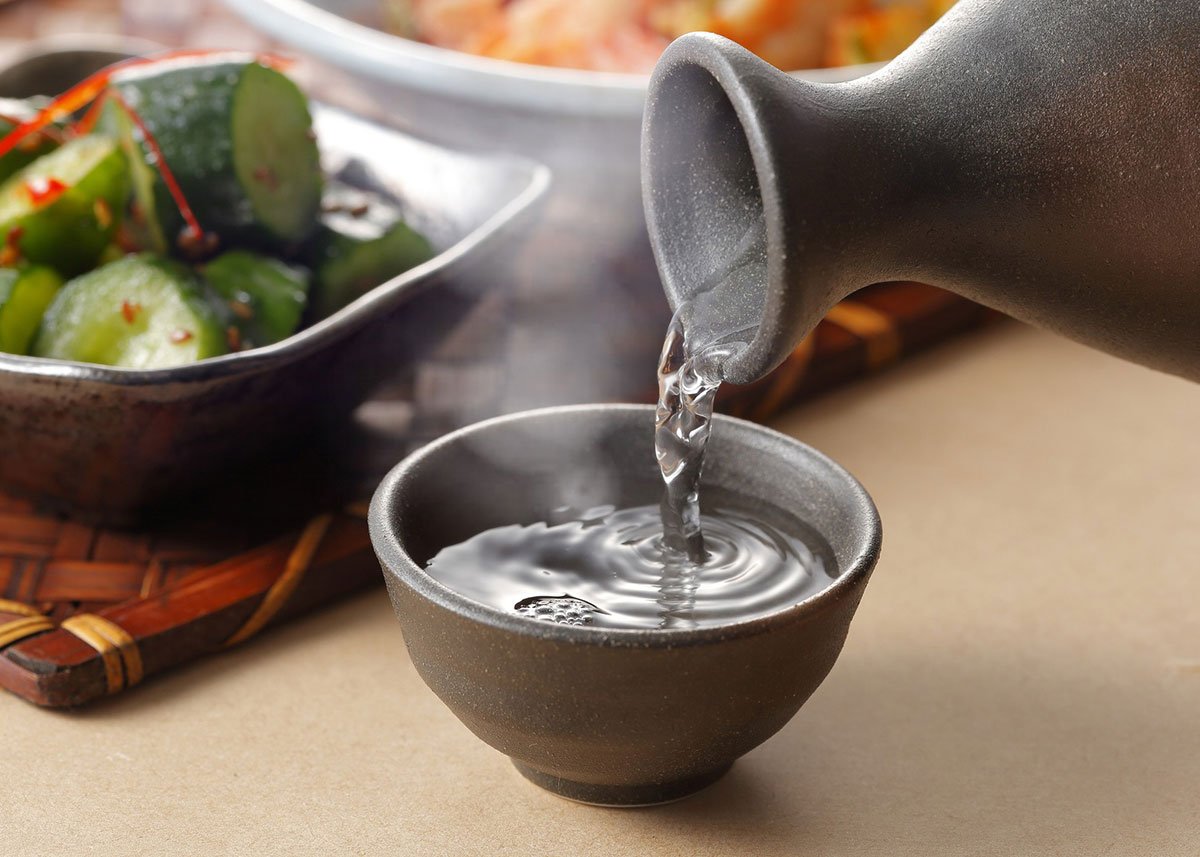
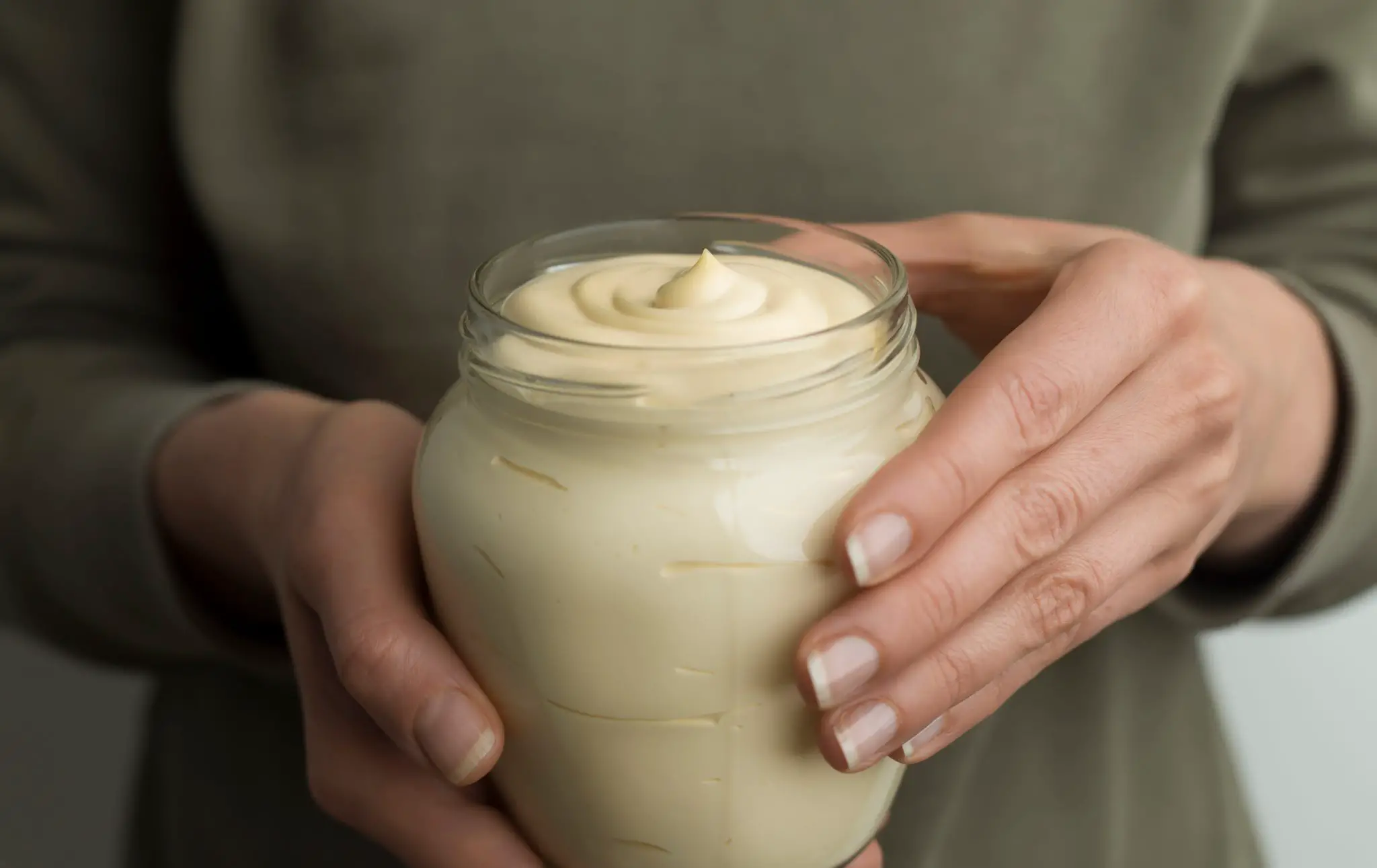
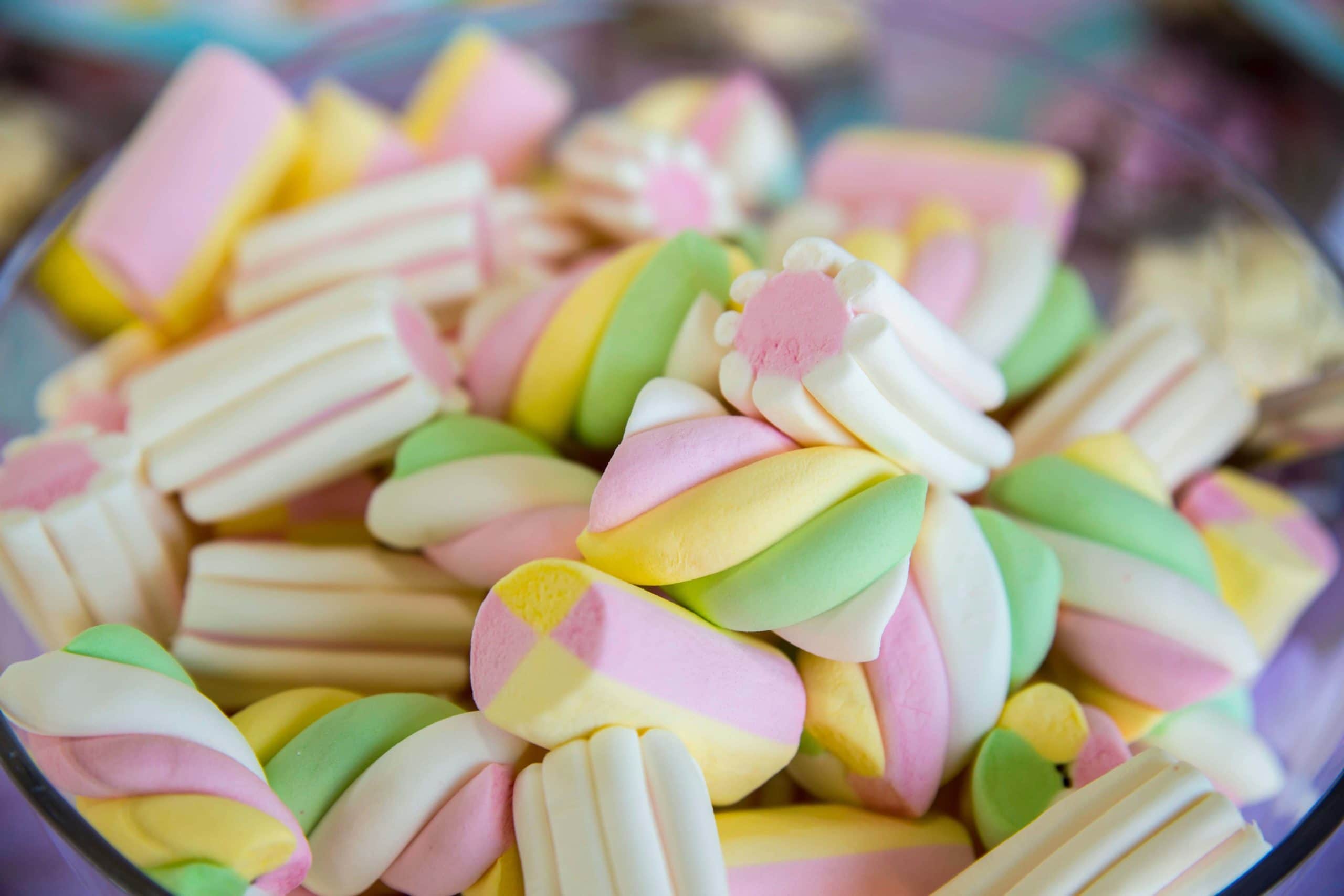
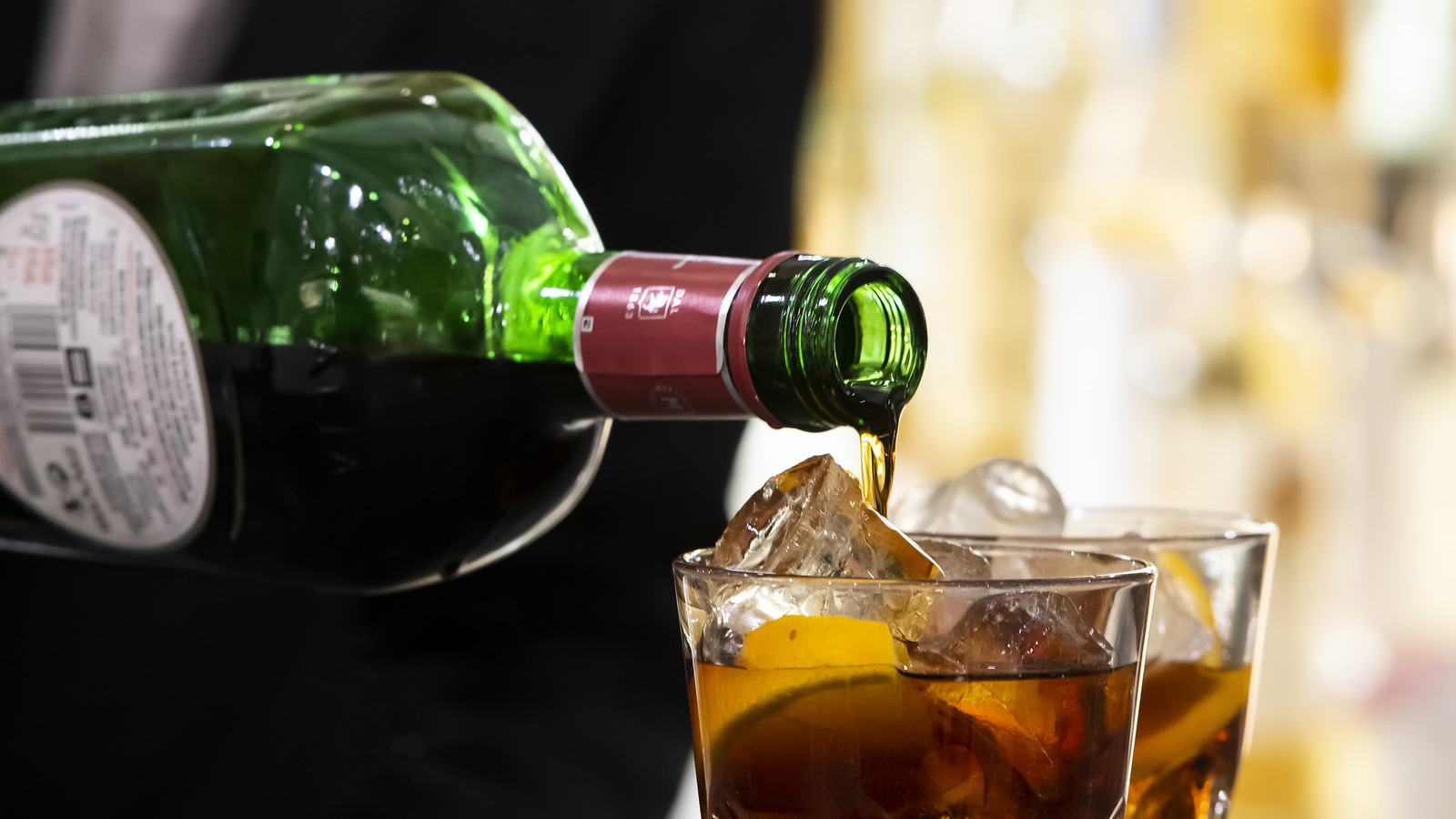


0 thoughts on “How To Store Scotch After Opening”